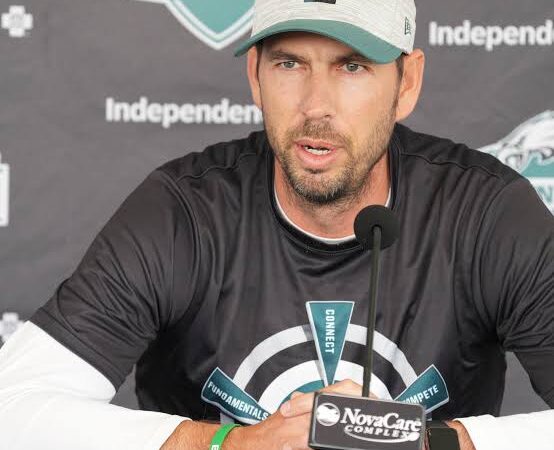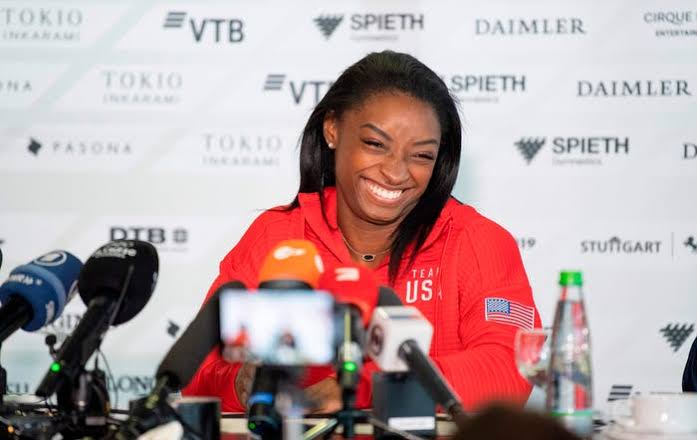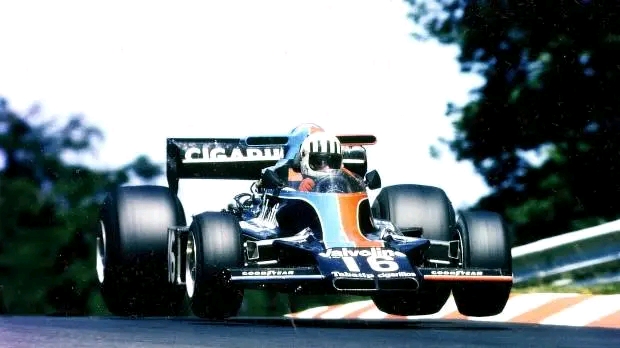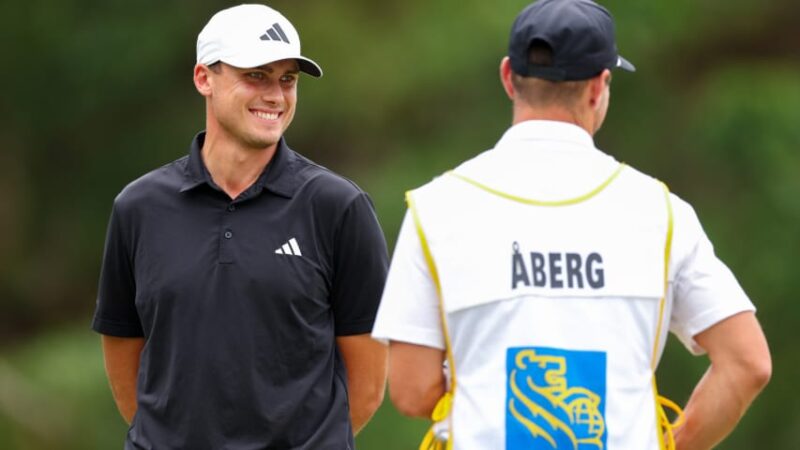Inside the Maple Leafs’ early-season goaltending and defensive woes
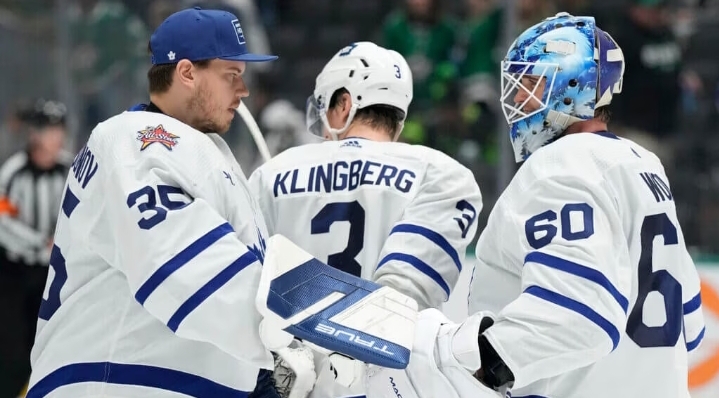
Maple Leaf’s early season goaltending and defensive issues
Just when it looked like the conversation in Leafs Land was turning to deep scoring and an insufficient front six, Monday night’s game happened.
Ilya Samsonsov scored four goals on 12 shots as the Tampa Bay Lightning took a 4-1 lead in the first period. While Joseph Woll was reliable in relief and the Toronto Maple Leafs scored enough goals to secure a 6-5 overtime victory, it was a stark reminder of some of the team’s weaknesses in their own zone.
This team looked like it might bounce back Wednesday night when they faced an Ottawa Senators team that has its own issues. However, the goaltending and defense were their downfall again. And this time, the Leafs just couldn’t overcome their issues to make up for their backcourt deficiencies. This put them in a loss that was absolutely devastating for a team you might expect.
Myrtle: Yes, it’s early. But the Maple Leafs are struggling and need a change
Goalkeeping appeared to be a weakness at the back early in the season, especially with Samsonov in goal.
Samsonov earned a starting spot in the 2022-23 career year. He had an expected 21.2 saves in 42 games, which was not only a career high, but also among the best in the league. He previously had just one season that was average for his workload, returning in 2019-20. Goaltending is a pretty valuable position, and even less predictable when someone doesn’t have a long hitting streak. That’s why a one-year deal made the most sense this season. But given the depth of the Leafs’ backcourt, he has plenty of confidence that he can perform at the level he set for himself last season. So far it just hasn’t been. Samsonov’s struggles started right out of the gate on opening night against the Montreal Canadiens as he scored 2.6 goals as expected given the quality of his shooting. Now through seven games, the season has had more ups than downs for the goaltender, who has only made two quality starts. And just when it looked like he might find his form after a strong showing in Boston, he responded with his worst game of the season against the Lightning.
This opened the door for Woll to take a more prominent role. He accepted the challenge after a poor first outing. In his next three games, Woll scored a combined 8.4 goals in all situations. And the interesting part is that he actually had a bigger workload than Samsonov so far. Sometimes the team pushes harder to support the bench more, but Woll has had more shots (unblocked attempts and goal) and quality chances so far. He simply exceeded his workload due to the difference in playing time they had so far.
Even the shot locations have differed somewhat in front of these two goalies. Samsonov hasn’t seen as much from the middle of the ice at five-on-five (as the blue in the heat map below represents) or while shorthanded. Instead, he’s getting challenged more often from the circles. He’s allowed more goals than expected from that left circle, and from the net-front area even though he doesn’t face a ton from there. Tips and deflections have proven to be a problem so far — Samsonov’s allowed five goals off 28 unblocked all situation attempts, while Woll’s only allowed one on the same number of shots. Woll, on the other hand, was under more pressure at the front of the net in all situations. The biggest challenge for him so far has been worse shots from close range.
If anything, Woll’s hot start masked some of the problems he faced and made it more of an individual problem for Samsonov. There are glaring flaws in Samsonov’s game right now that need to be ironed out if he is to reclaim a starting role, but this team also needs a lot of work in front of the blue goal.
The Maple Leafs have made some pretty significant strides defensively since last year’s layoff. Five-on-five, the team is allowing eight more shot attempts per 60 than last season, which puts it in the bottom third of the league this year. But more than just the volume against them, it’s the quality of the chances that burn them. Toronto’s 13.4 against high threat attempts is currently sixth worst in the league. The sad thing is how many points come in transition – the Leafs aren’t the worst at defending the blue line, but opponents look to build a successful game around those scoring streaks.
Similar trends emerged briefly as the Leafs’ penalty kill waned in strength. This puts pressure on goalkeepers who have to overcompensate for a team that doesn’t work in front of them.
If the Maple Leafs offense was on fire right now, they would at least be a great team that could try to overcome their problems. It’s not the most sustainable way to live, but it’s better than what they have now. Almost everyone outside of the team’s leading forwards is missing. Therefore, the pressure to find solutions increases. Considering how many problems Toronto has right now, that probably requires more than one answer.
The start is finding a way to add a secondary score so they can ideally spend less time in their head when the front six aren’t on the ice. Nick Robertson’s promotion could help with that. So could someone like Ryan Reaves, who has proven to be a black hole on offense and a negative defender. And that appears to be in the cards for Friday’s game against the Flames. Next comes blue line management. The defense is strained by injuries early in the season. The loss of Jake McCabe and then Timothy Lillegren forced 40-year-old Mark Giordano to take over

